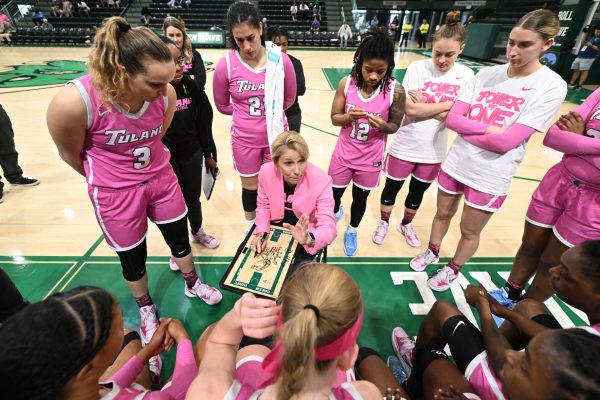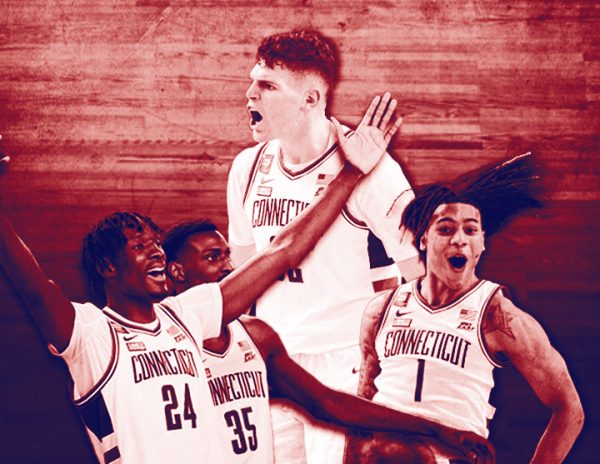From the Basement: Athletic Industrial Complex continues to plague America
March 20, 2019
Between the adrenaline, victories and sense of comradery, being a fan of sports can be hugely rewarding. Beneath the fanfare, however, exists a system rife with problems: the athletic industrial complex.
Though covert, the athletic industrial complex, a term used to describe how sports are intertwined with American capitalistic pursuits at the expense of the health and well-being of players, has come to dominate how sports are consumed in the U.S.
The basis of this system is exploitation. The acceptance of players is highly conditional, concerns about sports-related injuries are dismissed in the name of convenience, and exorbitant fees associated with participation can be exclusionary to both individuals and cities.
Despite the athletic industrial complex having a grip on American sports in a cultural sense, certain individuals are disproportionately affected and targeted by the market, namely young Black men. Expected to fulfill paradoxical expectations of being both hypervisible and silent, Black athletes are often met with fierce criticism, usually fueled by racist attitudes, especially if they speak out about the issues that have affected their lives. This was certainly seen in the cases of Raheem Sterling and Colin Kaepernick.
Though the pervasiveness of the athletic industrial complex continues to grow, there are undeniable efforts being made to address the issue in terms of protecting the health of athletes. For example, the high number of concussions that football players experience is finally being recognized as a public health issue. This is a huge step because it acknowledges that the jeopardization of players’ health for the sake of the game is a systemic, rather than individual, problem in the world of sports.
Parents of young children taking part in club or school sports are also beginning to recognize the importance of letting their children experience the joy that these activities can bring without placing the expectation of going pro on their shoulders. While this new pattern of behaviour may be informed by the immense costs associated with top-level training, children raised on this philosophy are less likely to strain themselves to the point of injury.
Perhaps it is unsurprising that New Orleans is not immune to the effects of the athletic industrial complex, given that the city is home to everything from professional teams to intramural leagues.
Sports can act as a unifying factor in cities to create a greater sense of cohesion. The interests of New Orleanians, however, must also be considered because they pay a large portion of the costs associated with keeping teams such as the Saints and Pelicans in the city. In 2013, NFL owners, instead of turning to their own pockets, convinced Louisiana politicians to give them $5 million worth of taxpayer subsidies.
Professional teams can be a source of communal pride, but this expense is difficult for some to reconcile because the money could have been used to bolster the state’s social programs. This, combined with the evidence that athletes are heavily constrained to potentially harmful demands, demonstrates that the athletic industrial complex is an issue of increasing importance within American society.






















Leave a Comment